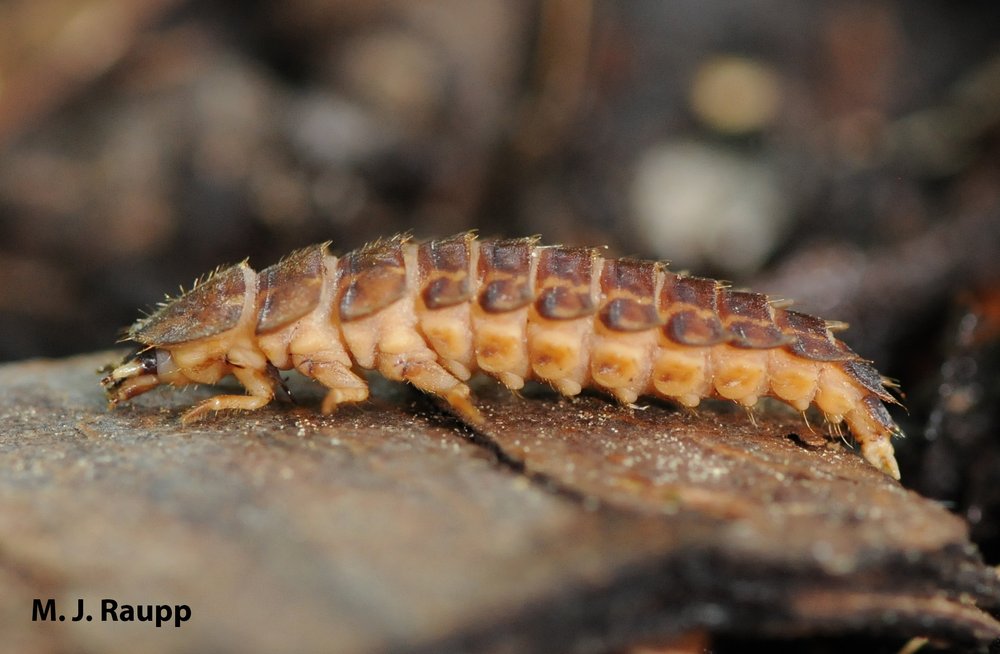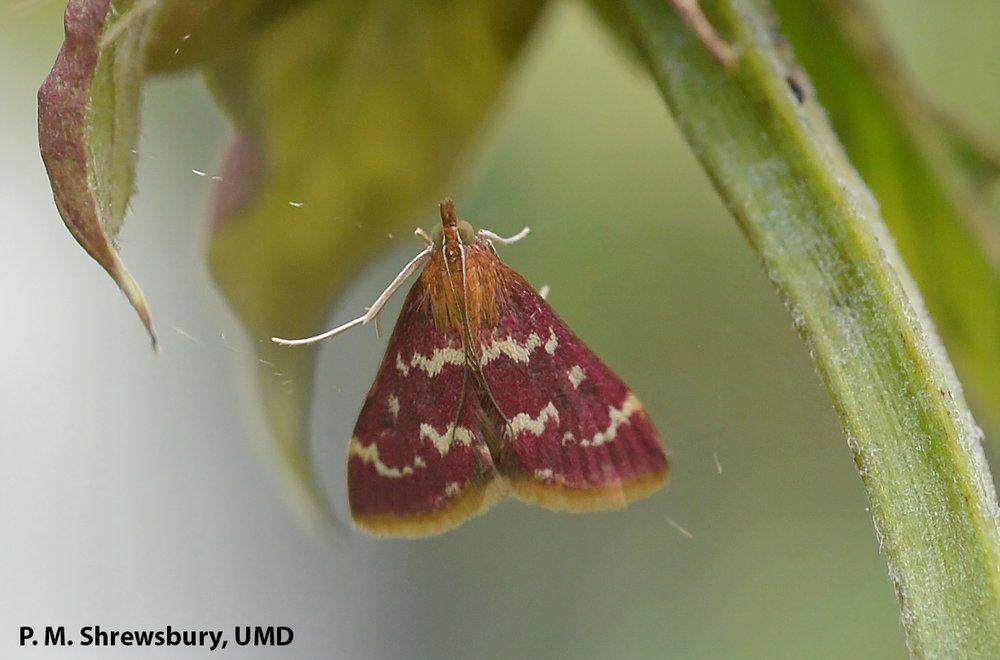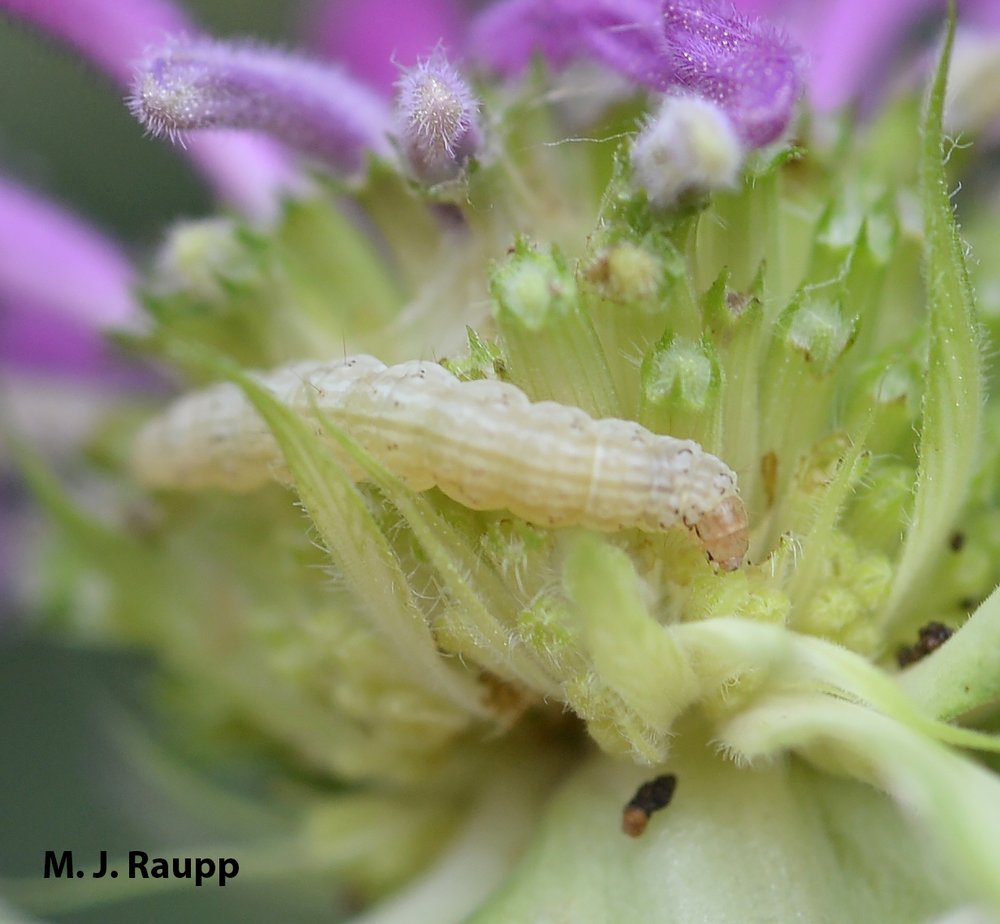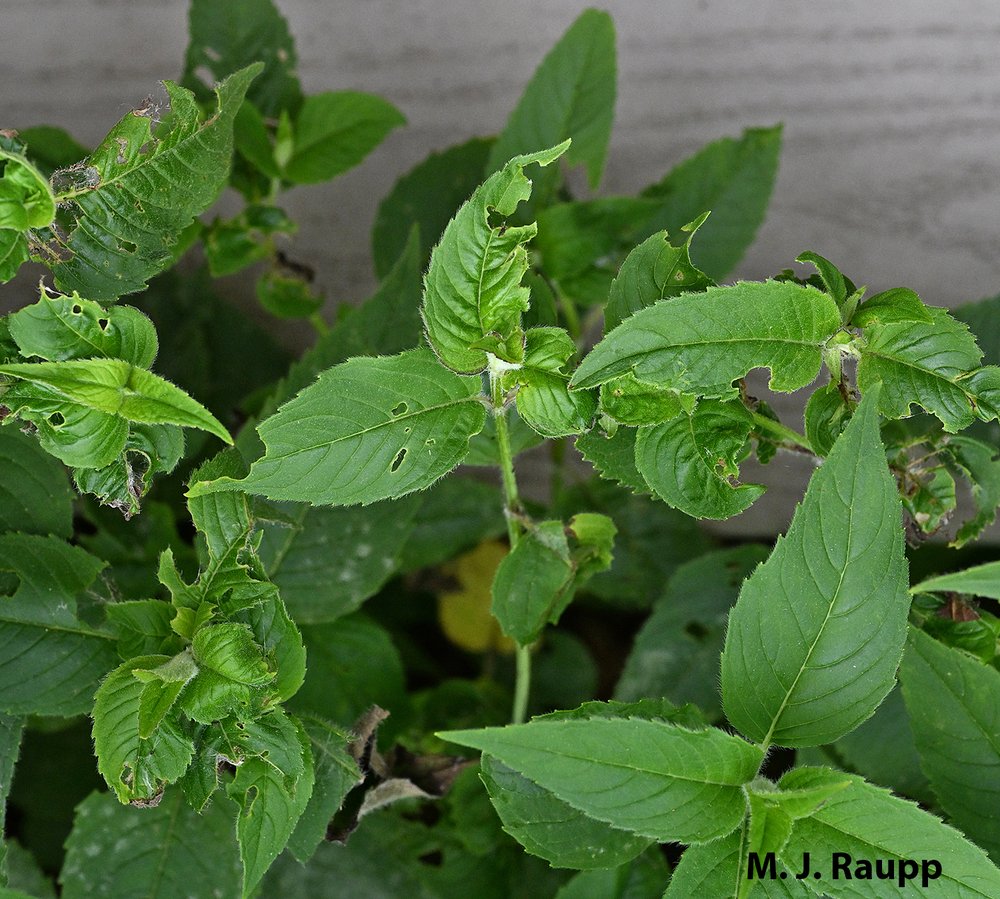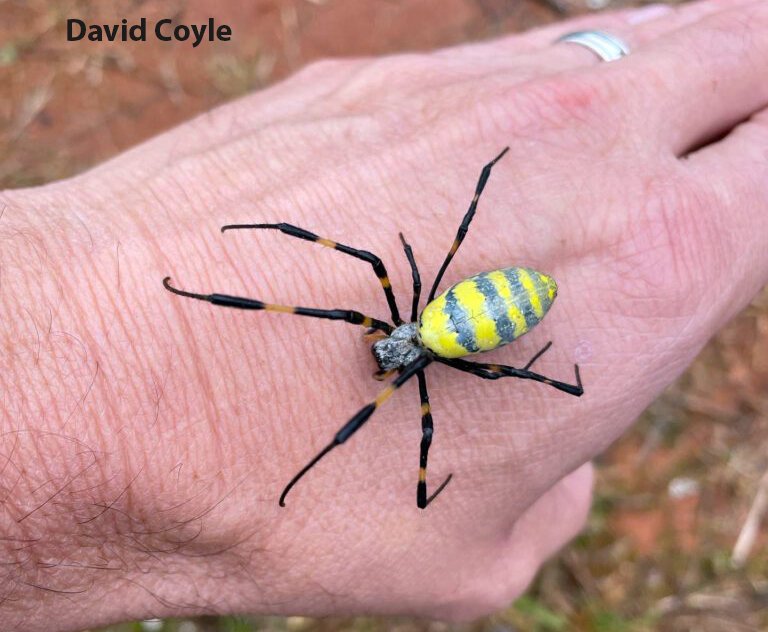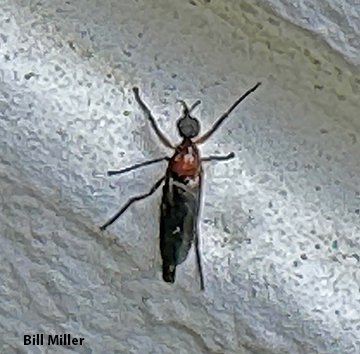Pest Management Solutions for Multi-Unit Buildings
Pest infestations pose a significant problem in any home, but they can be particularly challenging to handle in multi-unit buildings. As an industry leader since opening our doors in 1987, Catseye Pest Control has gained valuable expertise in providing effective multi-unit pest control. Decades of experience have taught us about the challenges associated with these buildings and the ins and outs of regulations property owners must comply with and manage.
Explore why pest control is such a critical service in multi-unit buildings and discover tips for preventing infestations before they begin.
Introduction to Multi-Unit Pest Control
Multi-unit buildings are unique properties that accommodate more than one family. From duplexes and townhomes to condos and high-rise apartments, these properties provide each tenant with separate living spaces. However, shared walls, communal spaces, and people with varying habits all living under one roof make pest prevention and control more complex.
Common Pests in Apartments and Condos
Like any home, these buildings are vulnerable to any type of pests. Some of the most common offenders include:
- Flies
- Bed bugs
- Cockroaches
- Rodents, including house mice, deer mice, roof rats, and Norway rats
- Ants
- Carpet beetles
- Spiders
Challenges of Pest Control in Multi-Unit Dwellings
In a single-family home, pest prevention and management are challenging, but the unique design of multi-unit dwellings amps up the challenge of pest control, making complete elimination more difficult in many circumstances. That’s why professional multi-unit pest control and preventative services are so essential for these types of properties.
Shared Walls and Spaces
Multi-unit dwellings feature hallways, lobbies, laundry rooms, and common areas where tenants and pests can travel from unit to unit. Additionally, many pests, including bed bugs and rodents, can spread to adjacent units or those above and below with relative ease. All it takes is a small gap or crack for pests to easily move throughout the entire building.
High Density of Residents
More people mean more potential for pests. The high-density population of many multi-unit dwellings can create a significant challenge, particularly when it comes to ineffective trash management and disposal. Flies, rodents, cockroaches, and many other pests will scavenge through garbage for food and find nearby areas to nest. Additionally, the turnover in multi-unit buildings can introduce additional problems as new tenants could inadvertently bring uninvited roommates like bed bugs along with them.
Differing Levels of Cleanliness
The tenants in unit A could keep their home spotlessly clean, regularly take out their trash, and store all food in airtight containers. Meanwhile, those living in unit G could leave dishes in the sink, crumbs on the counter, and garbage piled high. Both units could end up infested, along with every unit in between.
Open Access Points
Lobbies, backdoors, and other access points welcome tenants home and could also let creepy-crawlies and skittering critters in along with them. Multiple access points increase the risk of pest problems, as doors opening and closing through all hours of the day and night could unintentionally let in any number of pests.

Effective Pest Control Strategies
Multi-unit dwellings’ pest problems can be complex and challenging, but they aren’t impossible to handle. With routine inspections, preventative measures, and professional pest control, residents of apartments, condos, and other housing units can rest easy.
Preventative Measures
Stopping pests before they ever have a chance to start is the best form of protection. Taking precautions can make a significant difference in a property’s risk level. For example, proper garbage management, including using pest-proof receptacles and routine removal can help reduce the risk of cockroaches and rodents, among others. Regular inspections can catch potential problems early before pests have a chance to spread.
Other helpful steps to consider include:
- Seal potential entry points, like gaps and cracks in walls, foundations, around doors and windows, and around utility lines.
- Sanitize communal spaces, including hallways and lobbies.
- Perform outdoor maintenance, like trimming shrubbery away from the exterior of the building and ensuring the building has ample drainage away from its foundation.
- Install self-closing doors at all access points and install door sweeps and weather stripping.
- Eliminate clutter to reduce potential hideouts for pests.
- Fix moisture issues, like clogged gutters and leaky pipes, promptly.
Tenant Education and Cooperation
One person’s actions can impact the entire building. Tenants should be made aware of their responsibilities from the moment they move into their homes. Routinely offering reminders or refreshers can also help. Residents should be educated about the importance of disposing of trash regularly, reporting problems promptly, and maintaining clean spaces as part of pest prevention.
Professional Pest Control Services
Professional pest control isn’t an optional service for multi-unit dwellings — it’s a must. Property owners are required to maintain clean, safe, livable conditions. If left unchecked, a single infestation could end up costing a lot in time and resources. Fines, legal fees, loss of reputation, turnover, low occupancy rates — the costs add up quickly. When you work with professionals, you can rest easy knowing you have expert eyes on the property. Routine inspections and preventative treatments keep pests at bay and eliminate your worries.
Integrated Pest Management (IPM)
Partnering with the right pest control professionals is the key. Look for a trusted, reputable company that takes an IPM approach. This strategic framework helps achieve long-term success with a focus on prevention and maintenance. It minimizes potentially negative impacts on people and the planet. Interviewing tenants and conducting a full-scale inspection is an excellent starting point. This allows technicians to understand the history, the damage, the infestation level, and the type of pests they must be prepared to handle.
That paves the way for fully customized treatments designed for each unique property. Robust monitoring and taking tenants’ schedules and potential allergies into account before using pest control products is also important.
That’s just the beginning of the level of service and care you can expect from Catseye. Providing exceptional service and supporting our clients in maintaining a healthy living environment is our passion.
Contact Catseye today to learn more about our multi-family pest control services or to schedule a free inspection and get started.
The post Pest Management Solutions for Multi-Unit Buildings appeared first on Catseye Pest Control.
This article appeared first on Catseye Pest


